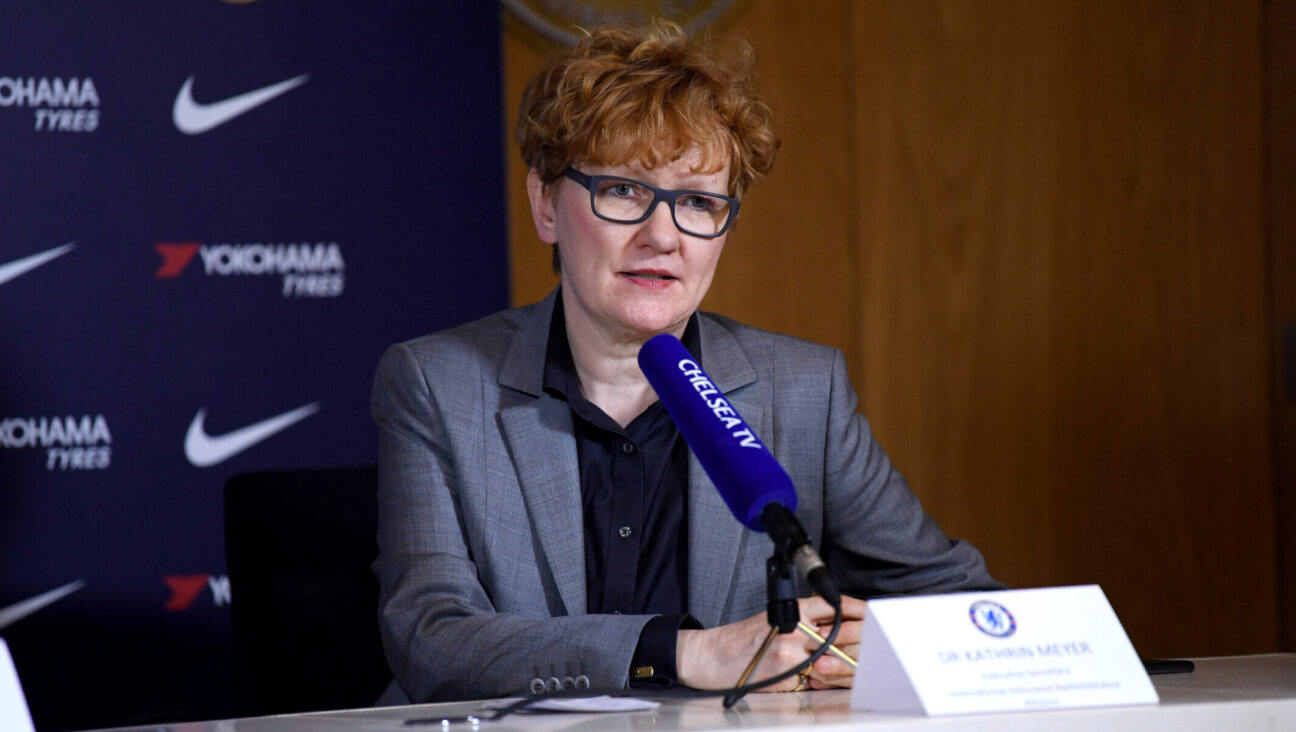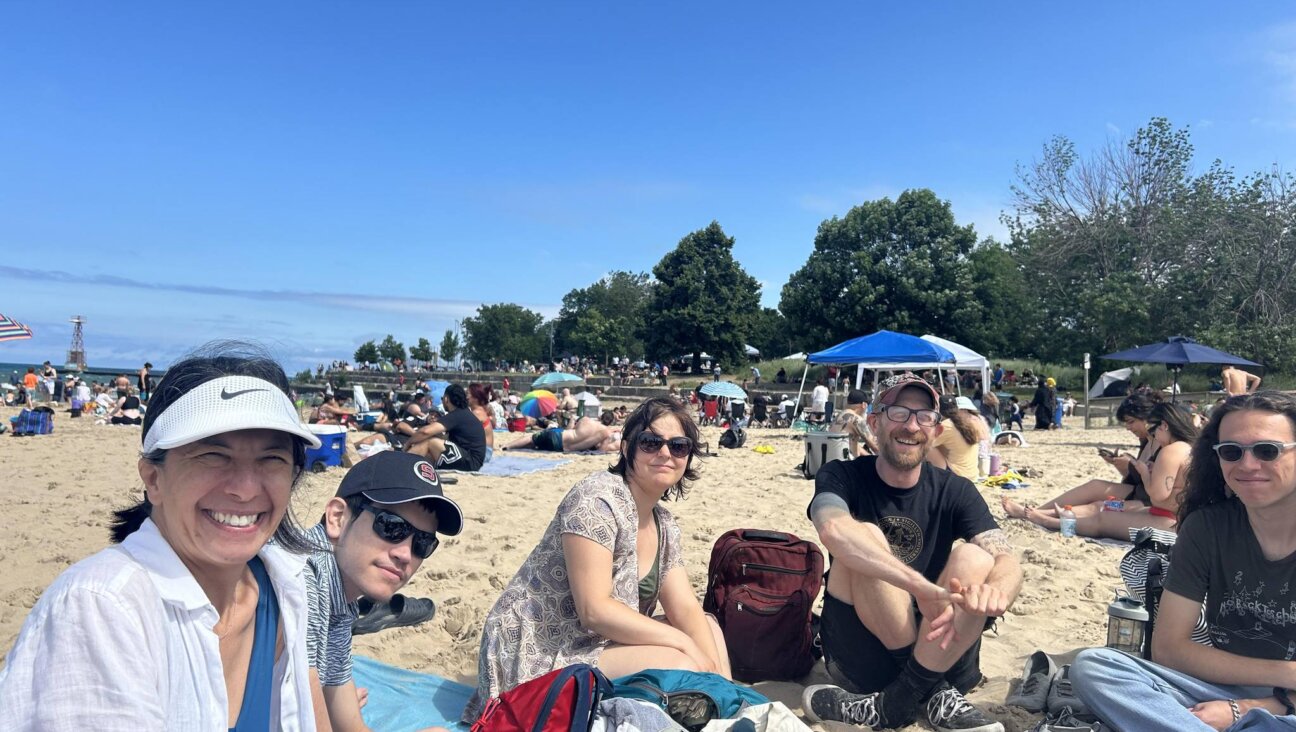Of Salvation – and Destruction
This Torah portion contains some of the best-known, and most moving, stories in Genesis. Toward its beginning, Vayera narrates the destruction of Sodom and Gomorrah, and it concludes with the akedah, the binding of Isaac, a very troubling episode. These accounts are often juxtaposed, as readers try to understand why Abraham bargained on behalf of the sodomites, insisting, “shall not the judge of all the earth deal justly?” (Genesis 18:25) while he was unwavering and unquestioning in his willingness to slaughter his son. In part, this question shows a misunderstanding of both biblical texts.
As Jon Levenson shows in “The Death and Resurrection of the Beloved Son,” in extreme circumstances human sacrifice was acceptable in some circles in ancient Israel and beyond. For example, in 2 Kings 3:27, when the Moabite king was losing a battle, “he took his first-born son, who was to succeed him as king, and offered him up on the wall as a burnt offering. A great wrath came upon Israel.” In other words, that king’s child sacrifice was efficacious. A less radical type of “sacrifice” is narrated at the beginning of Samuel, where the childless Hannah offers to dedicate a future son to the Lord as a permanent temple functionary. Within this cultural context, it is not surprising that Vayera suggests that God asked Abraham to offer up his child as a “gift.” Isaac was his child, under his control, and Abraham showed his commitment to God through his willingness to carry out the request, even though he was stopped at the last minute.
Vayera emphasizes the rewards that accrue to Abraham as a result of his willingness to offer up his son. Abraham and his descendants are blessed: “I will… make your descendants as numerous as the stars of heaven and the sands on the seashore; and your descendants shall seize the gates of their foes. All the nations of the earth shall bless themselves by your descendants, because you have obeyed My command” (Genesis 22:17-18). In addition, the text hints that the Temple, which would help Israel attain expiation, will be built on Mount Moriah, where Abraham was willing to offer up his son. Certainly this text is difficult from our moral perspective, since we believe that children (and mothers!) have certain rights, but we must be careful not to anachronize as we interpret the Bible.
Like the akedah, the Sodom and Gomorrah story is also often misconstrued, in part because of the English use of the word “sodomize” and the associations it evokes. Genesis nowhere lists the sins of the residents of Sodom and Gomorrah, other than saying that their (Genesis 18:20) “outrage… is so great, and their sin so grave!” Though the destruction of Sodom and Gomorrah is a common biblical theme, only once does the Bible offer specific details. Ezekiel 16:49 observes: “Only this was the sin of… Sodom: arrogance! She and her daughters had plenty of bread and untroubled tranquility; yet she did not support the poor and the needy.”
Of late, several biblical scholars have helped us better understand the Bible by constructing counter-texts with alternate endings, assumptions or perspectives. One of my favorites imagines how Israelite history would have been told from a Philistine perspective. My counter-text to Genesis 18 is quite simple: After God informs Abraham of His plan to destroy the city, Abraham says, “Can’t one of us IM or send an e-mail to the few righteous people in the city, so that they will flee rather than being killed with the majority of arrogant and complacent residents who have not established an adequate social welfare system?”
Instead, of course, we have the wonderful passage in which God and Abraham bargain, beginning with 50 and ending with 10. We do not know how many Sodomites and Gomorratites there were, and thus what percentage of the community these 10 righteous individuals might have represented. But Abraham and God view the community of these towns as wholes and not as composed of individuals, each with his or her own lot. This is a communitarian perspective, one that does not sit well with many of us, as we live in a time and place where individualism is so central. In part, it is our lack of sympathy to such a communitarian perspective that prevents us from appreciating what this text is saying. The Bible elsewhere takes individualistic perspectives, but the viewpoint of the Sodom story is that a “righteous” individual living in a society committing outrageous actions, even if these are “merely” acts of neglect, is not truly righteous and is killed along with the majority. Individual virtue is not enough — it is merely self-righteousness. The adage of the Talmudic sage Abaye (Sukkah 56) — “Woe to the wicked, and woe to their neighbors” — illustrates this narrative’s perspective. The story of Sodom and Gomorrah thus insists that we must be activists; if we find that our community’s values are untenable, we must try to change them, or we must move.
Marc Zvi Brettler is Dora Golding professor of biblical studies in the department of Near Eastern and Judaic studies at Brandeis University. He was a co-editor of “The Jewish Study Bible,” which was awarded a National Jewish Book Award, and the author of “How To Read the Bible,” recently published by the Jewish Publication Society.
A message from our Publisher & CEO Rachel Fishman Feddersen

I hope you appreciated this article. Before you go, I’d like to ask you to please support the Forward’s award-winning, nonprofit journalism so that we can be prepared for whatever news 2025 brings.
At a time when other newsrooms are closing or cutting back, the Forward has removed its paywall and invested additional resources to report on the ground from Israel and around the U.S. on the impact of the war, rising antisemitism and polarized discourse.
Readers like you make it all possible. Support our work by becoming a Forward Member and connect with our journalism and your community.
— Rachel Fishman Feddersen, Publisher and CEO
























